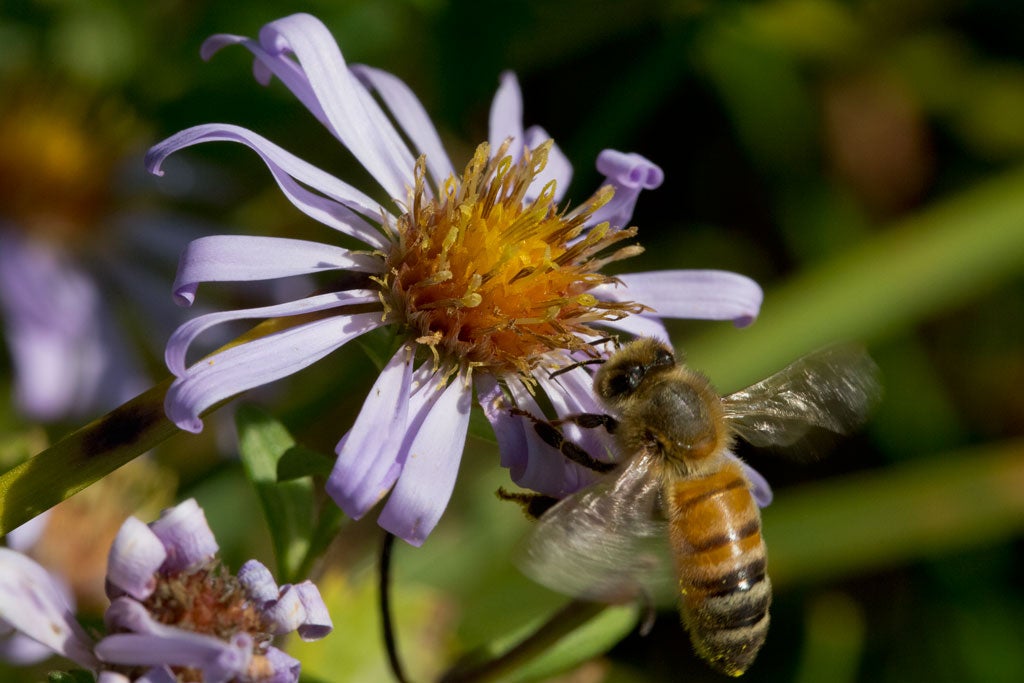Douglas Aster Plant Info: Caring For Douglas Aster Flowers In Gardens


Douglas aster plants (Symphyotrichum subspicatum) are native perennials growing in the Pacific Northwest. They bloom all season long, producing attractive, papery flowers without much plant care required. If you are interested in growing Douglas asters in your backyard, you’ll want to learn more about this species. Read on for Douglas aster plant information.
Douglas Aster Plant Info
Douglas aster plants grow in the wild in the area known as the coast forest in California, Oregon, and Washington. This is the area extending from the ocean to the subalpine mountain area. You’ll also find Douglas aster flowers in northwestern Canada and throughout Alaska. The blooms of this perennial look a lot like New England aster flowers.
Douglas aster was named after David Douglas, a botanist working in the northwest region of the United States. The Douglas fir also carries his name.
Douglas aster flowers are very popular with gardeners in the Pacific Northwest coastal areas. They are ray flowers (like daisies) with bright purple-blue papery petals and a yellow central disk. According to Douglas aster information, the flowers put on a show from July through September. The plant is very hardy, with creeping rhizomes that help it spread.
Growing Douglas Asters
You can start growing Douglas asters if you live in an area where they will thrive. Propagate a new plant by dividing a mature flower clump, taking basil cuttings, or planting seeds.
Douglas aster flowers usually grow best in moist, well-drained soil. They sometimes thrive in wetland areas as well. They need a location in sun or partial shade. The ideal climate for them will offer long days while the plant is getting started, then shorter days when it is flowering – much like other asters.
Douglas Aster Plant Care
In terms of Douglas aster plant care, remember that these are tough native plants and require little in terms of care once established. They tolerate drought and show robust growth in most conditions.
Sign up for the Gardening Know How newsletter today and receive a free copy of our e-book "How to Grow Delicious Tomatoes".
They are used to taking care of themselves in the wild and, therefore, Douglas aster care is minimal. If you choose to fertilize, use a balanced product. Leach the soil to avoid salt build up.
In addition to the flower display they offer, Douglas aster plants help local wildlife. They attract many types of pollinating insects, including many species of butterflies and bees. Given their long bloom period, you can watch a progression of pollinators develop as the season passes.

Teo Spengler is a master gardener and a docent at the San Francisco Botanical Garden, where she hosts public tours. She has studied horticulture and written about nature, trees, plants, and gardening for more than two decades, following a career as an attorney and legal writer. Her extended family includes some 30 houseplants and hundreds of outdoor plants, including 250 trees, which are her main passion. Spengler currently splits her life between San Francisco and the French Basque Country, though she was raised in Alaska, giving her experience of gardening in a range of climates.